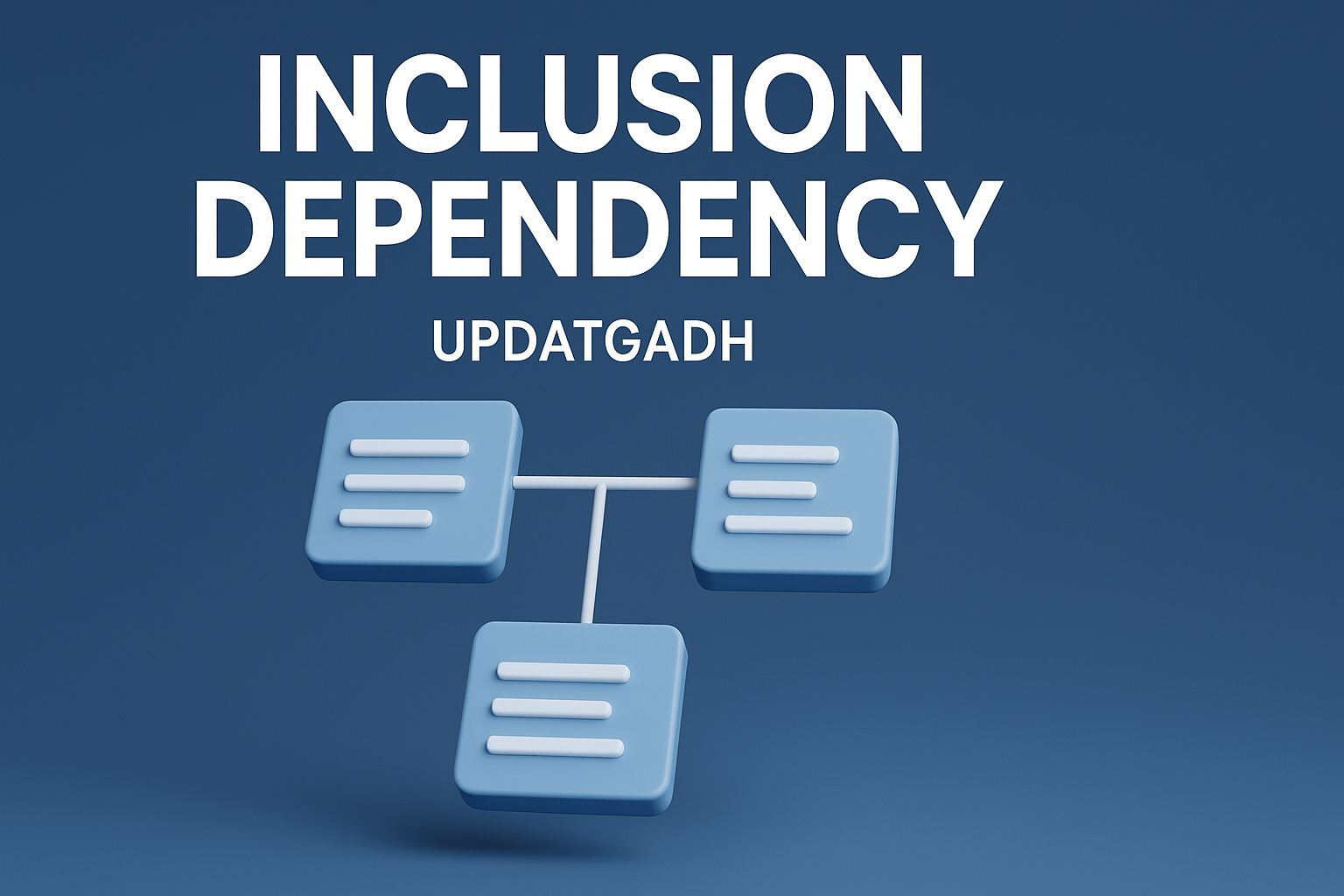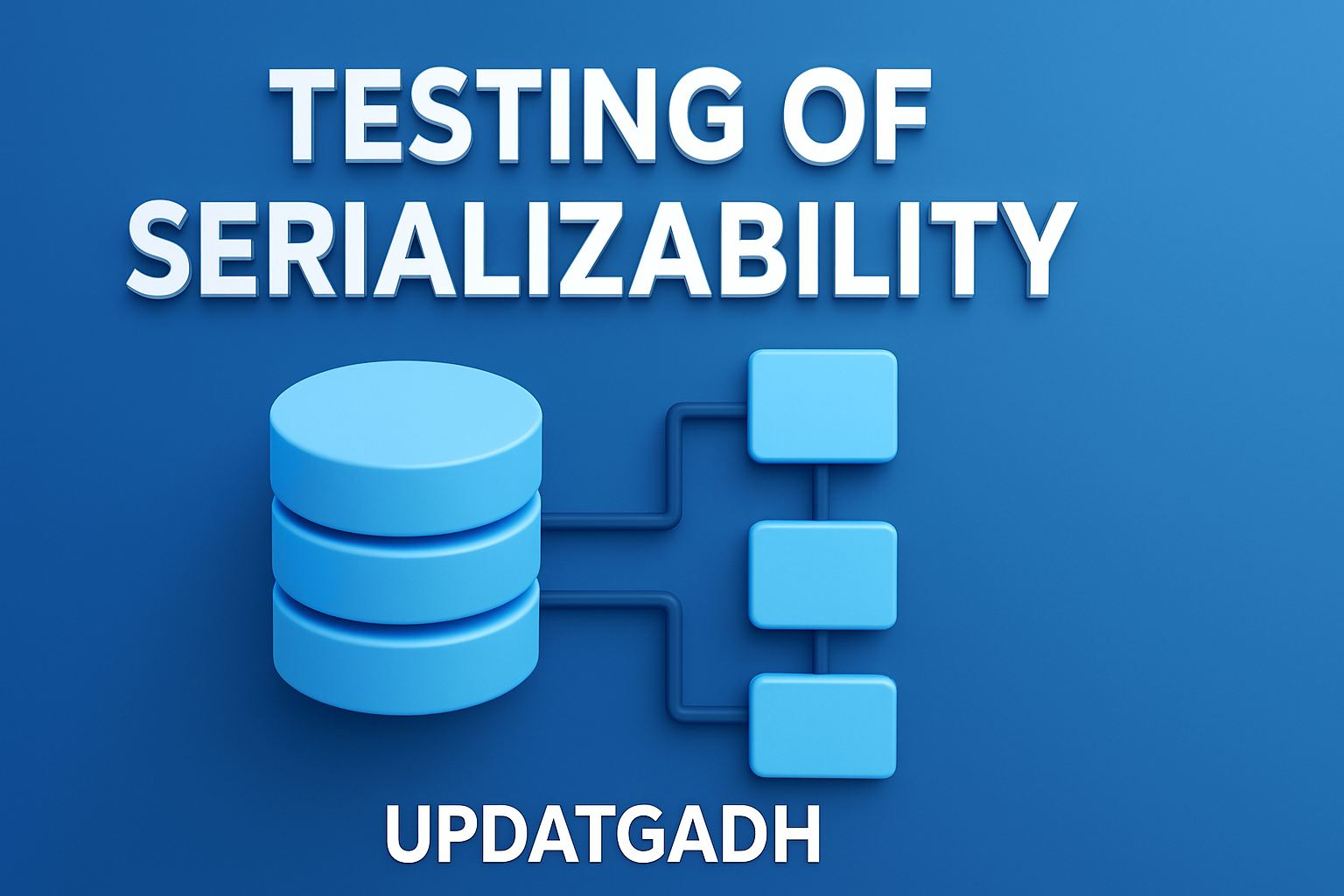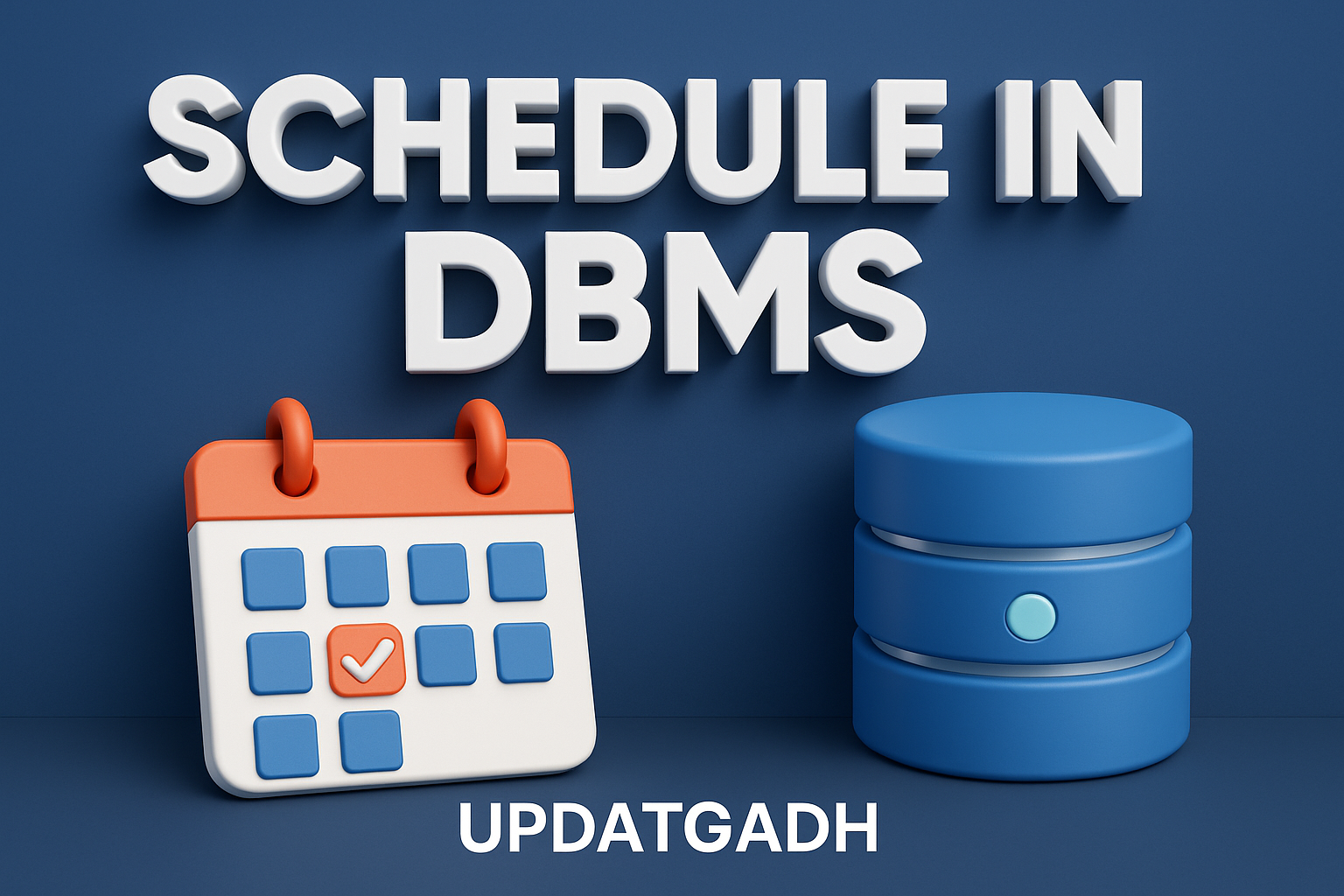

Inclusion Dependency
Inclusion Dependency
In database design, the concept of Inclusion Dependency is a foundational principle that helps define how different sets of data are related to each other. It describes a relationship where one dataset relies on another. The set that depends is called the dependent set, while the set providing the necessary information is the determinant set.
Machine Learning Tutorial:–Click Here
Data Science Tutorial:-Click Here
Complete Advance AI topics:- CLICK HERE
Deep Learning Tutorial:- Click Here
Understanding Inclusion Dependency
Consider an example of a company database storing employee details.
- Dependent set: Employee names
- Determinant set: Employee IDs
Each employee’s name can be identified by a unique ID. The ID determines the name, and the name cannot exist without the ID.
This dependency is essential for keeping data accurate and consistent. If someone tries to add an employee’s name without an ID, the database will reject it because the name cannot be fully determined without the ID. This prevents data errors and ensures reliability.
In addition to accuracy, inclusion dependency improves database performance. By recognizing related datasets, we can reduce redundancy and make queries faster. For example, instead of storing each employee’s name multiple times, we can store the ID and fetch the name only when needed—saving both storage space and processing time.
Inclusion dependencies are also closely related to normalization, the process of organizing data to reduce repetition and increase efficiency. By understanding these dependencies, we can structure databases to be easier to manage and more performance-oriented.
Formal Definition
In Database Management Systems (DBMS), Inclusion Dependency is a constraint ensuring that the values in one table exist in another table. This plays a critical role in maintaining referential integrity between two relations.
Formally:
- Let R(A) be a relation with attribute A.
- Let S(B) be a relation with attribute B.
An inclusion dependency is expressed as:
R[A] ⊆ S[B]
This means every value in attribute A of relation R must also exist in attribute B of relation S.
Example:
- Table Orders (R) has a column
Product_ID. - Table Products (S) also has a column
Product_ID.
If there’s an inclusion dependency, every Product_ID in Orders must appear in Products, ensuring that orders can only be placed for existing products.
Key Points about Inclusion Dependency
- It is a statement where some columns in one relation are contained in columns of another relation.
- The most common example is a foreign key relationship.
- Often used in key-based relationships where only keys are involved.
- Avoid splitting attribute groups that participate in an inclusion dependency.
- Helps maintain referential integrity and prevents “orphan” data.
Example Scenario
Students Table
| StudentID | Name |
|---|---|
| 1 | Alice |
| 2 | Bob |
| 3 | Charlie |
Enrollments Table
| EnrollmentID | StudentID | Course |
|---|---|---|
| 101 | 1 | DBMS |
| 102 | 2 | OS |
| 103 | 3 | Networks |
Here, an inclusion dependency exists between Enrollments.StudentID and Students.StudentID. This ensures that enrollments only reference valid students.
Merits of Inclusion Dependency
- Ensures values in one table exist in another, maintaining data accuracy.
- Preserves proper links between related tables.
- Simplifies updates and deletions.
- Supports effective normalization and reduces repetition.
Demerits of Inclusion Dependency
- Can be complex to implement in large databases.
- May slow insert and delete operations due to additional checks.
- Might require data repetition in multiple tables to satisfy rules.
- Not suitable for all table relationships; other constraints may be necessary.
Complete Python Course with Advance topics:-Click Here
SQL Tutorial :-Click Here
Download New Real Time Projects :–Click here
inclusion dependency in dbms
inclusion dependency in dbms with example
join dependency in dbms
what is functional dependency
functional dependency in dbms
transitive functional dependency
lossless join decomposition in dbms
multivalued functional dependency
inclusion dependency example
inclusion dependency in dbms example










Post Comment